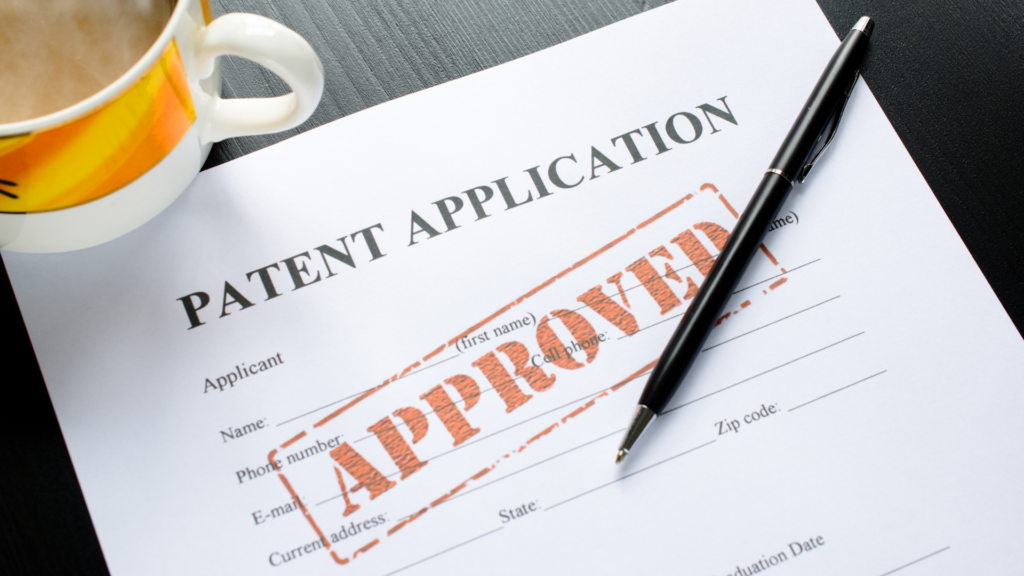Duty of Disclosure in the U.S. Patent Office
Oct 23rd, 2023 by Ben Lehberger | Recent News & Articles |
The process of obtaining a patent in the United States is a complex journey filled with nuances and responsibilities, and at the heart of it lies a fundamental principle – the Duty of Disclosure. This obligation, which cannot be underestimated, mandates that individuals engaged in the filing and prosecution of a patent application must be forthcoming with any information they know to be material to the patentability of their invention. Failing to uphold this duty can have far-reaching consequences, including increased costs, jeopardized patent validity, and potential unenforceability.
In this article, we delve into the intricacies of the Duty of Disclosure in the U.S. Patent Office, exploring who is bound by this duty, what information must be disclosed, when it should be disclosed, and the risks associated with non-compliance. Understanding and adhering to this duty is not only a matter of legal obligation but also a crucial step towards securing a robust and resilient patent that stands the test of time.
The Obligation of Patent Applicants: Why Disclosure Matters
After filing a patent application in the U.S. Patent Office, an examiner is assigned to search for any “prior art,” such as earlier patents, articles, or other disclosures, to decide whether the invention is new and non-obvious. But the patent office also relies on the applicant to inform them about any prior art that they are aware of.
Individuals associated with the prosecution of a patent application have a duty to disclose all information known to them to be material to patentability. Failing to consider this duty early on in prosecution can, at a minimum, increase costs for the applicant. Failing to comply at all can jeopardize the validity and enforceability of the patent.
Who Has a Duty to Disclose?
The duty applies to anyone associated with the filing or prosecution of a patent application. This includes the inventors, patent attorneys, or agents that prepare and prosecute the application, and anyone else who is substantively involved, such as representatives of the applicant and assignee.
What Must Be Disclosed?
Any information “material” to the patentability of any claim in the patent application must be submitted. This includes anything that, alone or in combination, can render a claim unpatentable and information that refutes or is inconsistent with the arguments being made for patentability.
Examples include prior art from search reports in foreign patent offices, references discovered in patentability searches, pertinent patents and disclosures by the applicant, inventors, and competitors, and pertinent product literature and manuals, to name a few. There is no obligation to go search the internet for material information, but if you know about it, the duty of disclosure likely applies.
When Must Information Be Disclosed?
The duty of disclosure continues until the patent application is granted. Since it’s tied to the pending claims, what constitutes material information can change throughout prosecution. For example, if the original claims include only elements A and B, a reference disclosing an unclaimed element C might not be material. However, if element C is added to the claims during prosecution, the scope of what needs to be disclosed changes.
Information can be disclosed to the examiner in an Information Disclosure Statement (IDS) before a first office action is mailed without paying a fee. After that, filing an IDS requires a fee or a statement that the information was discovered within the last three months. After a final office action or allowance, both the fee and the statement are required.
What Are the Risks of Non-Compliance?
Late disclosures during prosecution can be expensive. For example, if material information is known for more than three months, and a final office action or allowance is received, the applicant will need to request that prosecution be reopened by filing a request for continued examination and paying the fee to disclose it.
Withholding material information from the examiner entirely can be catastrophic. If an intent to deceive is found, all of the claims in the patent, and sometimes even related patents, may be deemed unenforceable.
Also, rules aside, making sure that the examiner has all relevant information when examining a patent application makes for a stronger patent that is less susceptible to challenges. It is far better to confront a close reference during prosecution, when you are able to freely amend the claims to distinguish it, than to be confronted with it in an invalidity challenge after grant.
Conclusion
The Duty of Disclosure is a responsibility that extends throughout the patent application process, from its filing to its potential grant, and its significance cannot be overstated. In this article, we’ve explored the intricacies of this duty in the U.S. Patent Office, examining who bears its weight, what precisely must be divulged, when to present this vital information, and the grave perils of neglecting it.
Overlooking the Duty of Disclosure, whether intentionally or inadvertently, carries consequences that reach beyond immediate cost implications – it has the power to discredit a patent’s validity and enforceability. Compliance with this duty is not just a matter of meeting legal requirements. It is a strategic safeguard that fortifies a patent, making it more resilient to future challenges. It serves as a reminder that, in the world of innovation and intellectual property, transparency and diligence are the cornerstones of a robust and enduring patent.
This article is for informational purposes, is not intended to constitute legal advice, and may be considered advertising under applicable state laws. The opinions expressed in this article are those of the author only and are not necessarily shared by Dilworth IP, its other attorneys, agents, or staff, or its clients.

